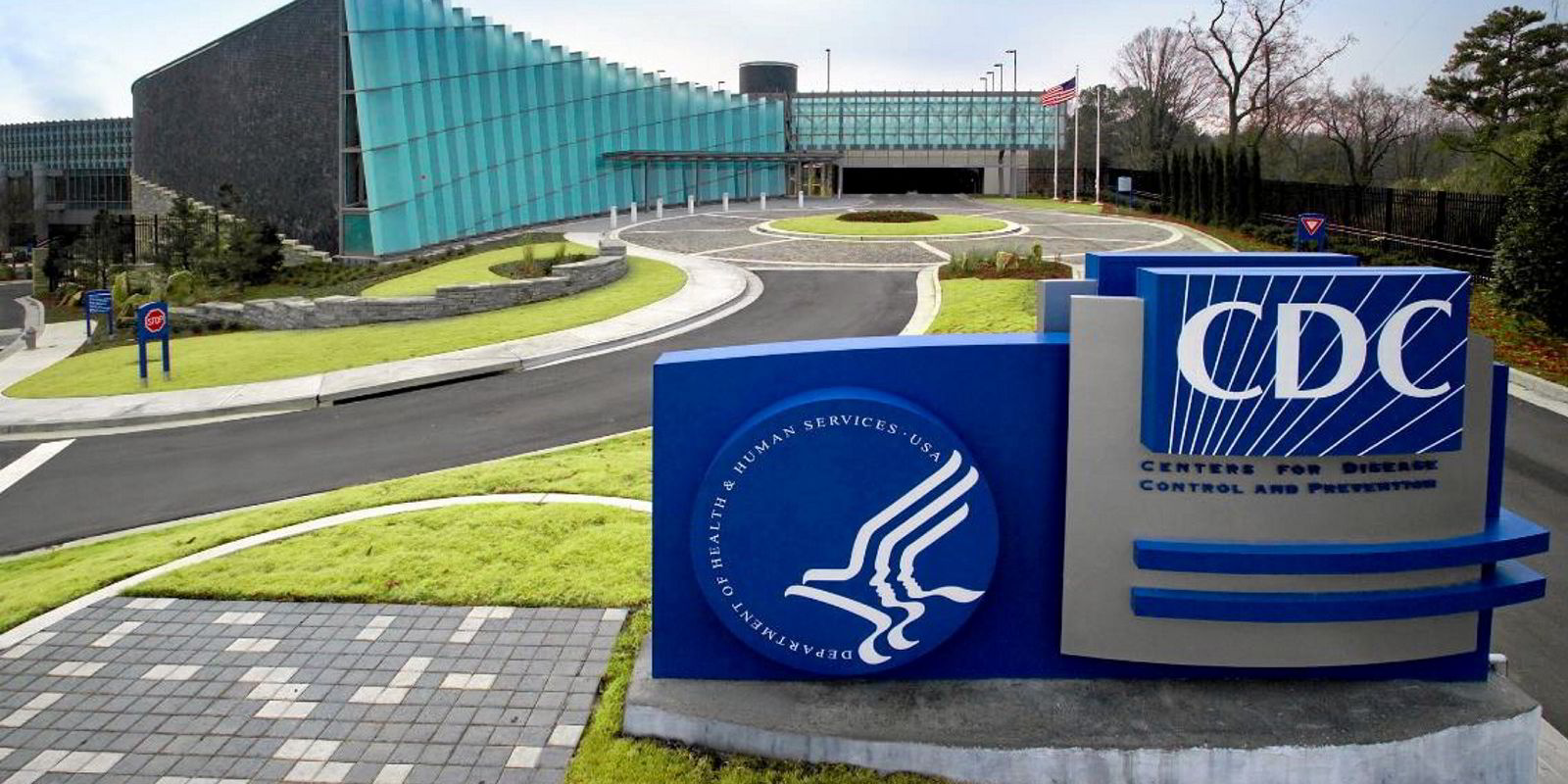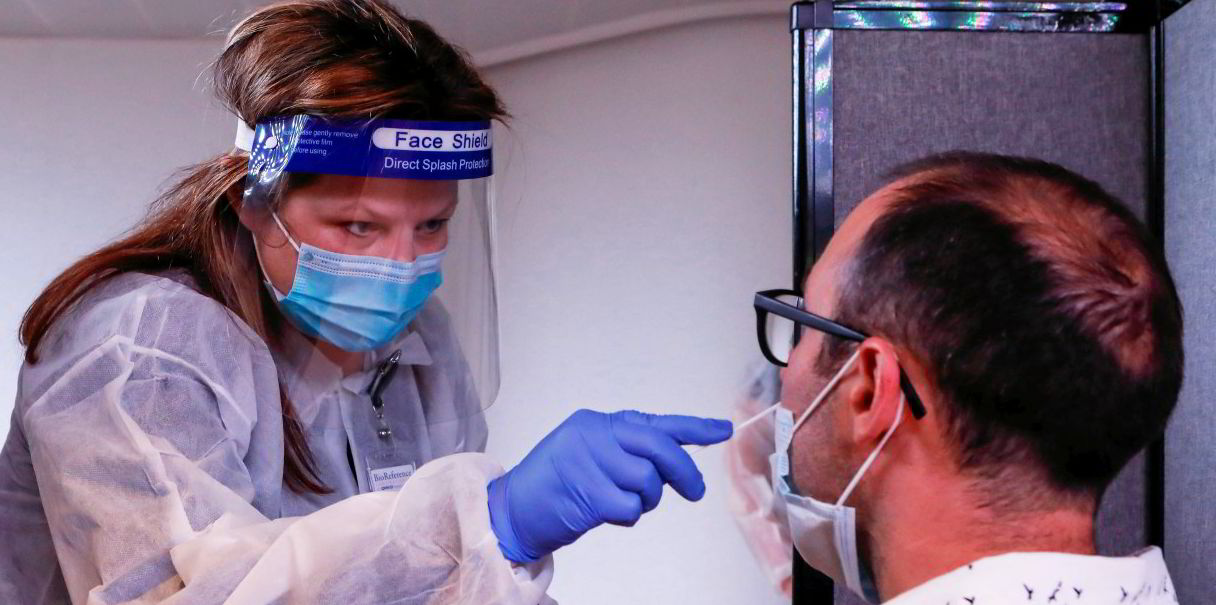Norwegian Cruise Line Holdings has reported a seventh consecutive quarter of significant losses as a result of Covid-19, while slowly returning its fleet to service through what it called the "Great Cruise Comeback".
The company, which owns 28 cruiseships, on Wednesday posted an $846m net loss, bigger than the $677m in red ink during the same period of last year.
Norwegian's adjusted net loss came in at $801m for the quarter, which was worse than the $639m logged a year earlier.
These adjusted results translated into a $2.17 loss per share for the third quarter, missing analyst consensus by $0.15 per share.
Revenue was $153m for the three-month period, dwarfing the $6.5m booked a year earlier, when passengers booked cruises mostly for the second half of 2022.
The fleet was running at 40% capacity by the end of the third quarter and is expected to reach 75% capacity by the end of 2021 and full capacity by April 2022.
“Our Great Cruise Comeback is on track with 11 ships to-date across our three award-winning brands successfully resuming cruising," chief executive Frank Del Rio said in a statement.
Back to making money
New York-listed Norwegian said it expects to return to profitability by the second half of 2022 after posting quarterly losses until it can "resume regular voyages" next year.
Third-quarter booking volumes were negatively impacted by the Delta variant, resulting in $1.7bn in advance ticket sales as of 30 September alongside $750m in future cruise credits.
The Miami-based cruise major had $12.4bn in debt and $1.9bn in cash on hand at the end of the third quarter.
Its monthly average cash burn for the third quarter was about $275m, below prior guidance of around $285m.
Norwegian expects the fourth-quarter monthly average burn rate to grow to about $350m, driven by the continued phased relaunch of more vessels.
The shipowner posted a $2.93bn net loss for the first nine months of 2021, reversing a $3.27bn net loss for the same time frame in 2020.
Revenue for the first nine months of this year totalled $161m versus $1.27bn for the first three quarters of 2020, but much of last year's revenue went towards $1.61bn in impairment losses.






